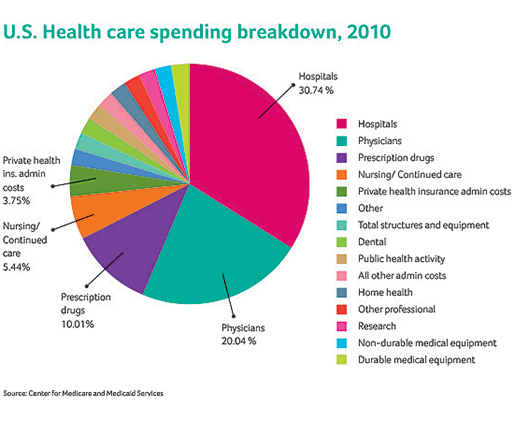Actually, much of what the Cleveland Clinic system is doing follows the recommendations of health-care analysts closely. For example, it has consolidated closely located neonatal intensive care units, because high volumes tend to lead to better results. It's working to reduce the number of procedures its staff performs, since in the current system "physicians are rewarded to do more, not to do the right thing for the patient," as Sheil put it. And there's a new focus on chronic diseases, which are an increasingly important and costly area for treatment.Note: all of these changes mean less revenue for the Cleveland Clinic. Or, in other words, less money is being spent in health care than otherwise would have been. This is what bending the cost curve looks like.
When we talk about bending the cost curve in health care, we usually speak in unoffensive terms: stopping duplicative procedures, cutting administrative spending, and replacing brand name drugs with generic drugs. But the first two terms mean less revenue for health care providers (something that the Cleveland Clinic is preparing for in these stories) and the third term just isn't as significant as we'd like it to be. Here's a useful graphic from the CMS:
As you can see, prescription drug spending and private health administration costs (the two most unpopular forms of spending) are just not that significant in the grand scheme of things. What is significant is spending on hospitals and spending on physicians. Thus, if we're actually going to slow health care spending, it is going to be through the means of politically unpopular cuts to hospitals and physicians. This is what bending the cost curve looks like.

No comments:
Post a Comment